This year, I’ve abandoned the elliptical at the gym for Middle Tennessee’s many hiking trails, and one of the sweetest rewards I’ve reaped is getting to witness thousands of spring wildflowers bloom across the forest floors. Just a few days ago, I felt like I’d stepped into a fairytale while walking along the Big East Fork Reserve Trail at Timberland Park on the Natchez Trace Parkway. A profusion of wildflowers lined both sides of the trail, attracting dozens of Swallowtail butterflies that flitted all around me in the hazy golden sunshine. Imagine Snow White in Lululemon, and you’ve got a good idea of how I felt that day!
Tennessee’s wildflowers start blooming in late March and continue into September. I’m sharing a few of my favorite area wildflower trails, and I’ve also asked Tennessee state naturalist Randy Hedgepath to share his top picks from across the state. Follow this guide, and you can enjoy the best wildflowers Tennessee has to offer from now until September.
APRIL
Randy Hedgepath’s favorite wildflower walks are found in what he calls the “early spring blooming areas.” You’ll start seeing blooms along these trails in late March, but “peak” is generally considered to be the entire month of April. Make the most of the month at the following locations.
What’s Randy’s top pick? “I like the Collins Gulf Trail to Horsepound Falls at the Savage Gulf State Natural Area as my favorite,” he says. “It’s a strenuous 6-mile rugged walk.” By “rugged,” he means steep climbs and a fairly difficult stretch of boulder-hopping, but your efforts will be rewarded with views of Suter Falls, Horsepound Falls and, in April, what one writer calls “the lushest carpet of wildflowers ever.” More than 50 species of flowers grow here, including prairie trillium and dwarf ginseng. Detailed directions on how to access this trail, located about an hour northwest of Chattanooga in Gruetli-Laager, can be found here.

Another favorite of Randy’s is Short Springs State Natural Area in Tullahoma, TN, where you’ll see blooms like large flowered trillium, Southern red trillium and barren strawberry, all of which are rarely found in Tennessee. Two species of endangered wildflowers also grow here: nestronia and broad-leaved bunchflower. The park’s short but strenuous hikes will also take you to three waterfalls: Machine Falls, Busby Falls and Adams Falls. Check out a map of the trails here.
RELATED: 20 Southern Waterfalls Worth a Visit
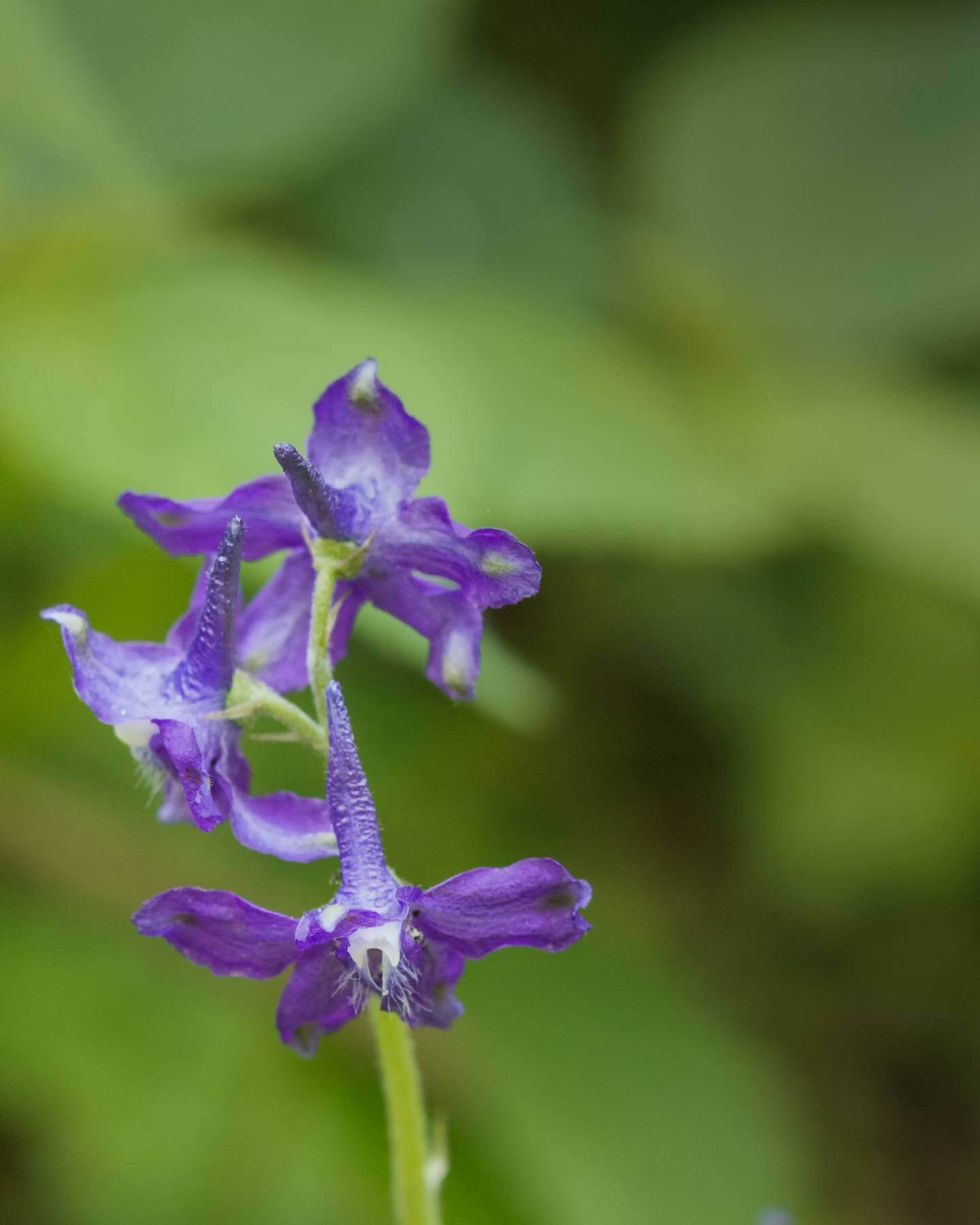

Looking for easier trails? Randy recommends all the trails at Standing Stone State Park in Hilham, Tennessee, located halfway between Nashville and Knoxville. The park’s 4.6-mile Lake Trail offers easy access to loads of colorful wildflowers, as well as the pristine Standing Stone Lake. A map of the park is available here.

The Nashville area has plenty of wonderful wildflower trails. Two of the most popular can be found at Beaman Park. On the 2.5-mile Henry Hollow Trail and the Ridgetop Trail (a 1.2-mile offshoot), spring wildflowers include dwarf larkspur, wild geranium, shooting stars, fire pinks, and occasional lady’s slipper orchids. I especially recommend the Henry Hollow Loop Trail if you’re wildflower gazing with kids because the Friends of Beaman Park have created a helpful online listing of photos and descriptions of wildflowers seen on the trail.

My favorite “secret” wildflower trails are inside the privately owned Owl’s Hill Nature Sanctuary, located in Brentwood, TN. A limited amount of $5 day passes are available for purchase each day, allowing visitors to roam the gorgeous and very lightly trafficked trails to their heart’s content. Due in part to the lack of humans, wildflowers like blue-eyed mary, dutchman’s britches and spring beauty all grow in profusion here. It’s definitely worth your while to take the steep South Ridge Trail up to the top of the ridge, where wildflowers carpet the forest floor and create a scene out of a picture book.
Also in Nashville, Radnor Lake State Park’s Lake Trail and South Lake Trail together create an easy and beautiful loop around the lake and feature lots of different wildflowers in April. Be sure and go on a weekday if you can — This park is extremely popular with Nashvillians and finding parking on lovely spring weekends can be difficult.


I think my favorite spring wildflower sightings have to be at Tennessee’s amazing cedar glades. Cedar glades are globally unique, almost desert-like ecosystems where cacti, rare and endangered wildflowers, and succulents thrive, and a vast network of caves lies just beneath the rocky limestone surface. These glades exist only in the central eastern United States, most are in Middle Tennessee, and ours are different from those you’ll find anywhere else. At the state’s protected cedar glades, you’ll find flowers that don’t grow anywhere else in the world. Cedar glades are best experienced on guided hikes so that you’ll know the significance of what you’re seeing — and so you can find them! Some are protected and off-trail, and you’ll need a guide and a GPS locator to find them. Guided glade tours are offered periodically throughout the spring and summer by Tennessee State Parks rangers. Check the event schedule for specifics.

MAY
You’ll keep seeing wildflowers on Tennessee’s trails throughout the late spring and into summer, but May brings a new unforgettable glory to the state: mountain laurel.
If you’ve been lucky enough to hike a trail when mountain laurel is in bloom, you’ve probably never forgotten it. With hundreds of blooms covering branches that rise up and often over Tennessee trails, it can turn an ordinary forest into Eden itself. Two trails in Tennessee are famous for their mountain laurel.
The Paw Paw Trail at Fall Creek Falls State Park in Pikeville, TN, is a 3.2-mile trail suitable for adults and kids. On this trail, you’ll find plenty of mountain laurel in May, as well as views of the majestic Cane Creek Falls. Fall Creek Falls State Park has some wonderful trails, a family-friendly bike path and several spectacular waterfalls. If you haven’t made the trip to this park, I highly recommend it. A map of Fall Creek Falls’ trails can be found here.
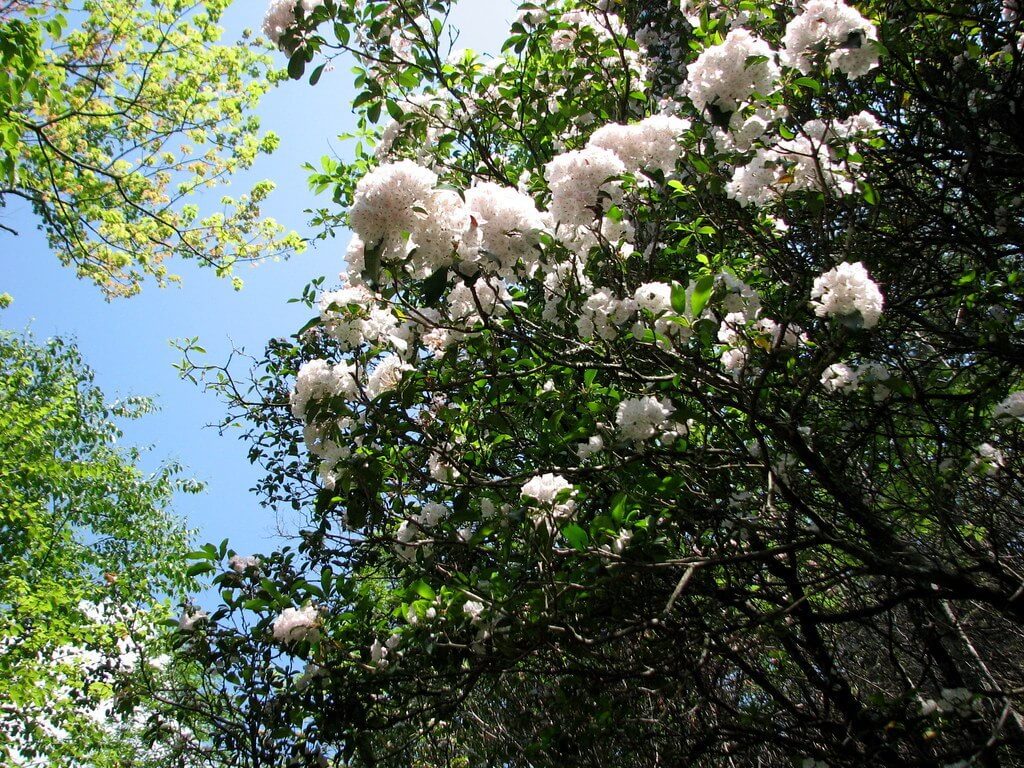
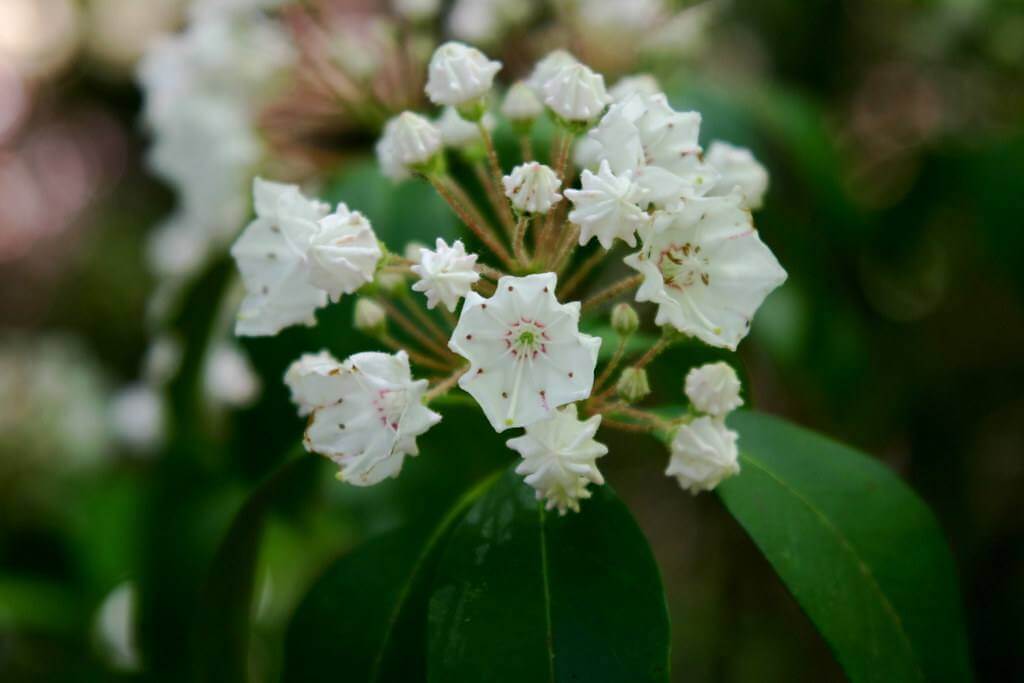
Cades Cove in the Great Smoky Mountains National Park is also known for its mountain laurel, but if you’ve driven this 11-mile one-way loop before, you know it’s generally packed with drivers eager to see the lush mountain valley from the comfort of their cars. Skip the crowds and the traffic by hiking the Rich Mountain Loop trail through Cades Cove instead. It’s bordered with mountain laurel and many other wildflowers, and it offers lovely views of Cades Cove and Crooked Arm Falls. Experienced hikers may opt to take the entire 8.5-mile loop — If you’re simply out for a wildflower stroll, walk 1.4 miles to the preserved John Oliver cabin, then turn back for a total of just under three miles. SB TIP: Mark your calendar — if not for this year’s, then definitely for next — for the Spring Wildflower Pilgrimage. This annual event, celebrating 69 years this year, offers professionally guided wildflower walks and opportunities to explore the region’s vast array of flora and fauna.

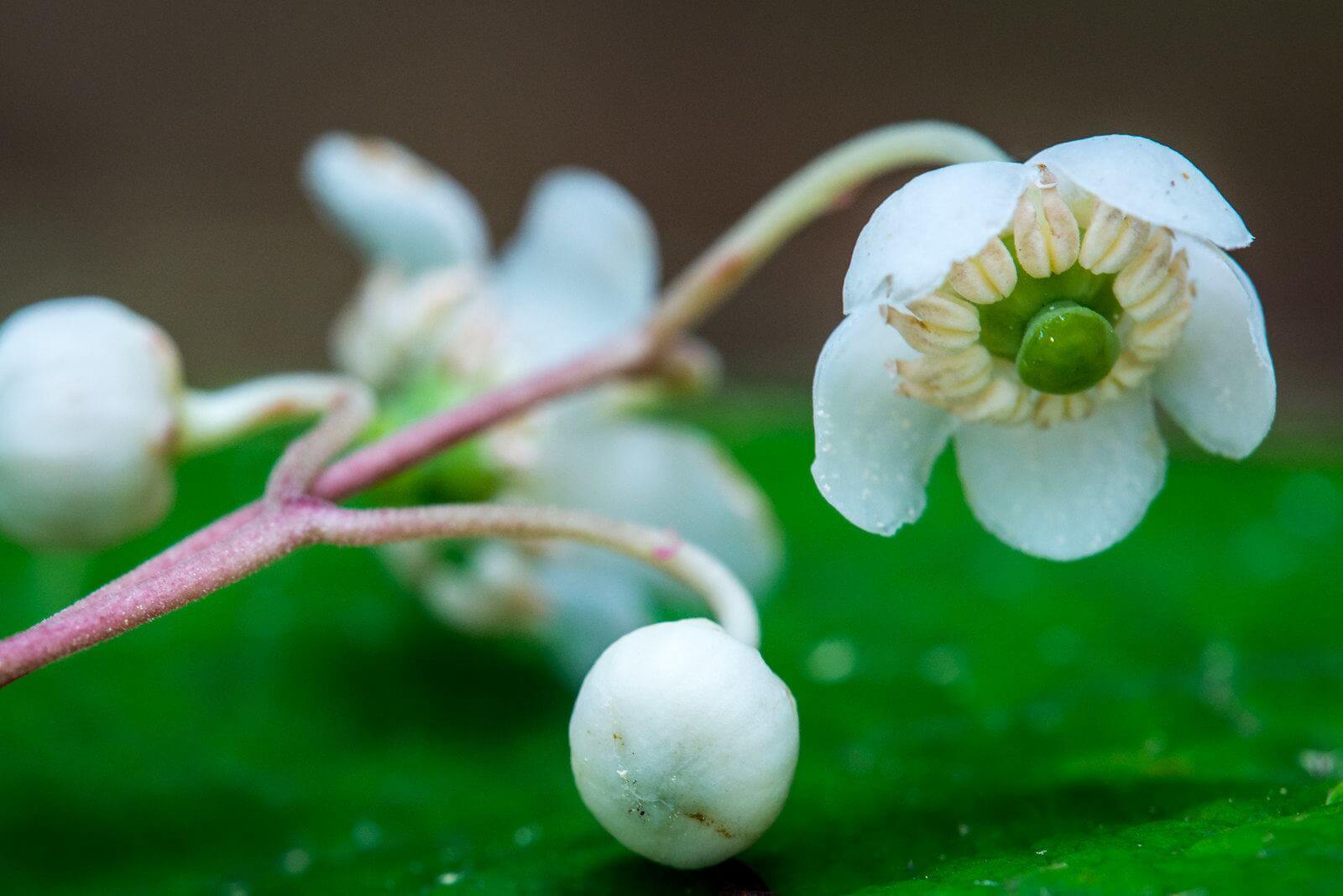
JUNE
Flame azaleas and rhododendron bloom on Tennessee’s trails in June (peak is usually toward the end of the month), and the best place to see both is the Great Smoky Mountains National Park.
If you’re up for a climb, the Gregory Bald Trail (8.8 miles total) is world-famous for its azalea blooms. Many hiking enthusiasts call it a wildflower hike that absolutely must be experienced. You’ll have a 3-mile walk uphill to get to this 11-acre meadow, but the views and the thousands of flowers at the top are definitely worth the work it took to get there. For a shorter 3.5-mile hike, try Andrews Bald, which is also known for its many azaleas and spectacular views. Andrews Bald has the distinction of being the highest bald in the Smokies and is also considered to be one of the best hikes in the park.
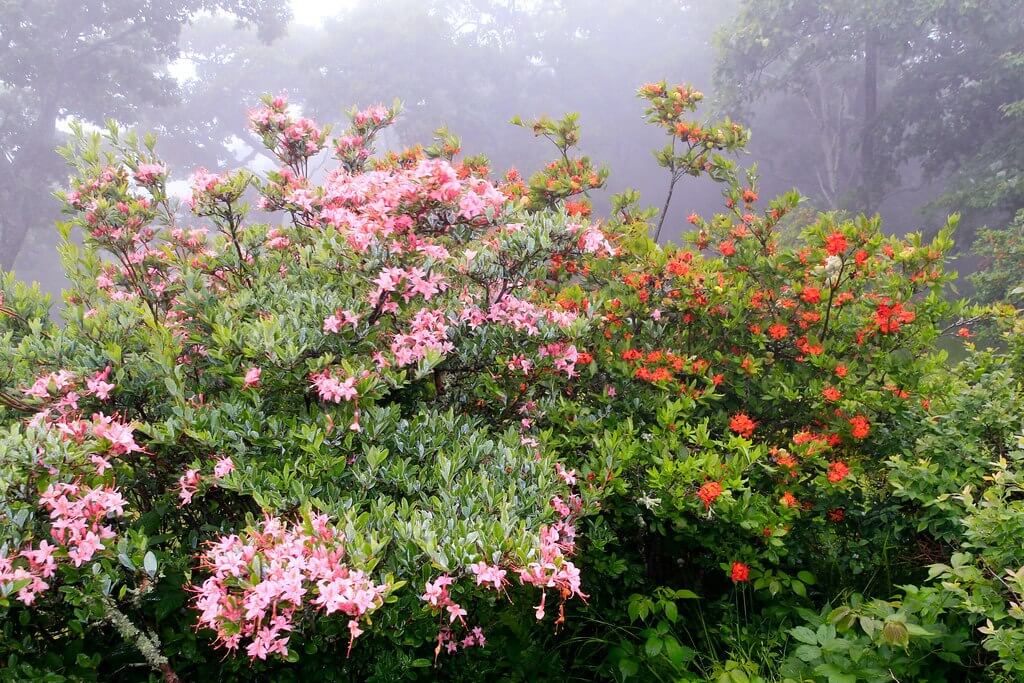
Roan Mountain in east Tennessee is so famous for its rhododendron thickets that an annual Rhododendron Festival is held there each year — This year’s festival is June 22-23. Check out the amazing Roan Mountain Rhododendron Gardens Trail, or opt for one of Roan Mountain State Park’s trails, which range from easy to difficult and nearly all feature plenty of rhododendron bushes. State naturalist Randy Hedgepath has pronounced the blooms here to be “superb,” so you know they’ve got to be good!
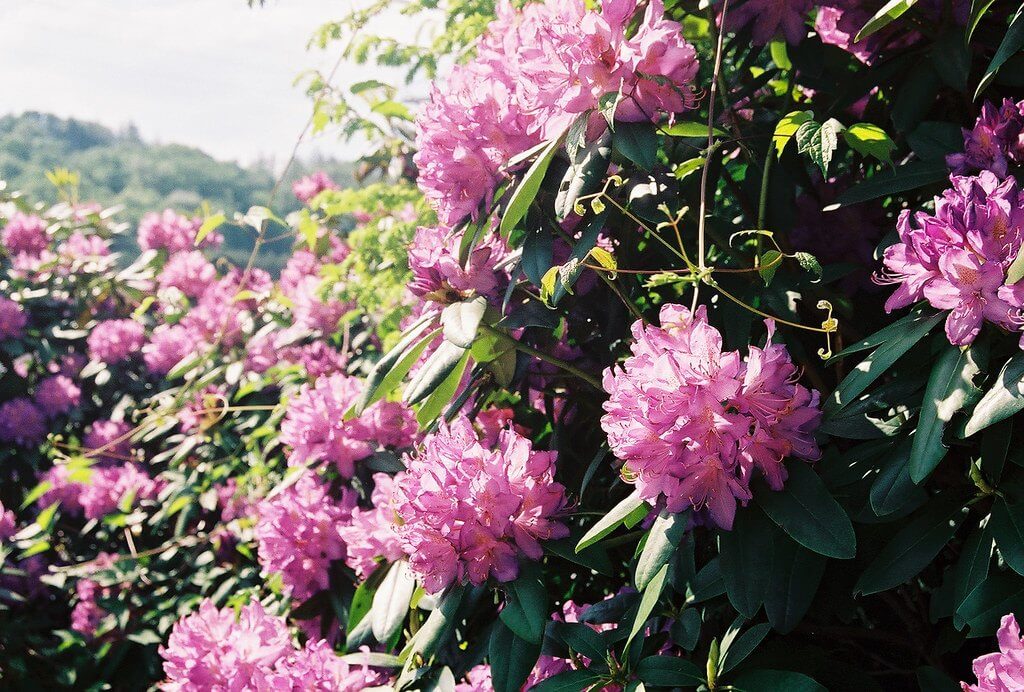
AUGUST and SEPTEMBER
As summer comes to a close, some Tennessee meadows provide an especially good show of late summer blooms. “In August and September,” Randy says, “the Seven Islands State Birding Park is lush with meadow flowers.” Located 19 miles east of Knoxville, this park features several easy trails through meadows and along the French Broad River. You’ll see plenty of wildflowers here and all kinds of birds as well — This park is a favorite with bird enthusiasts.
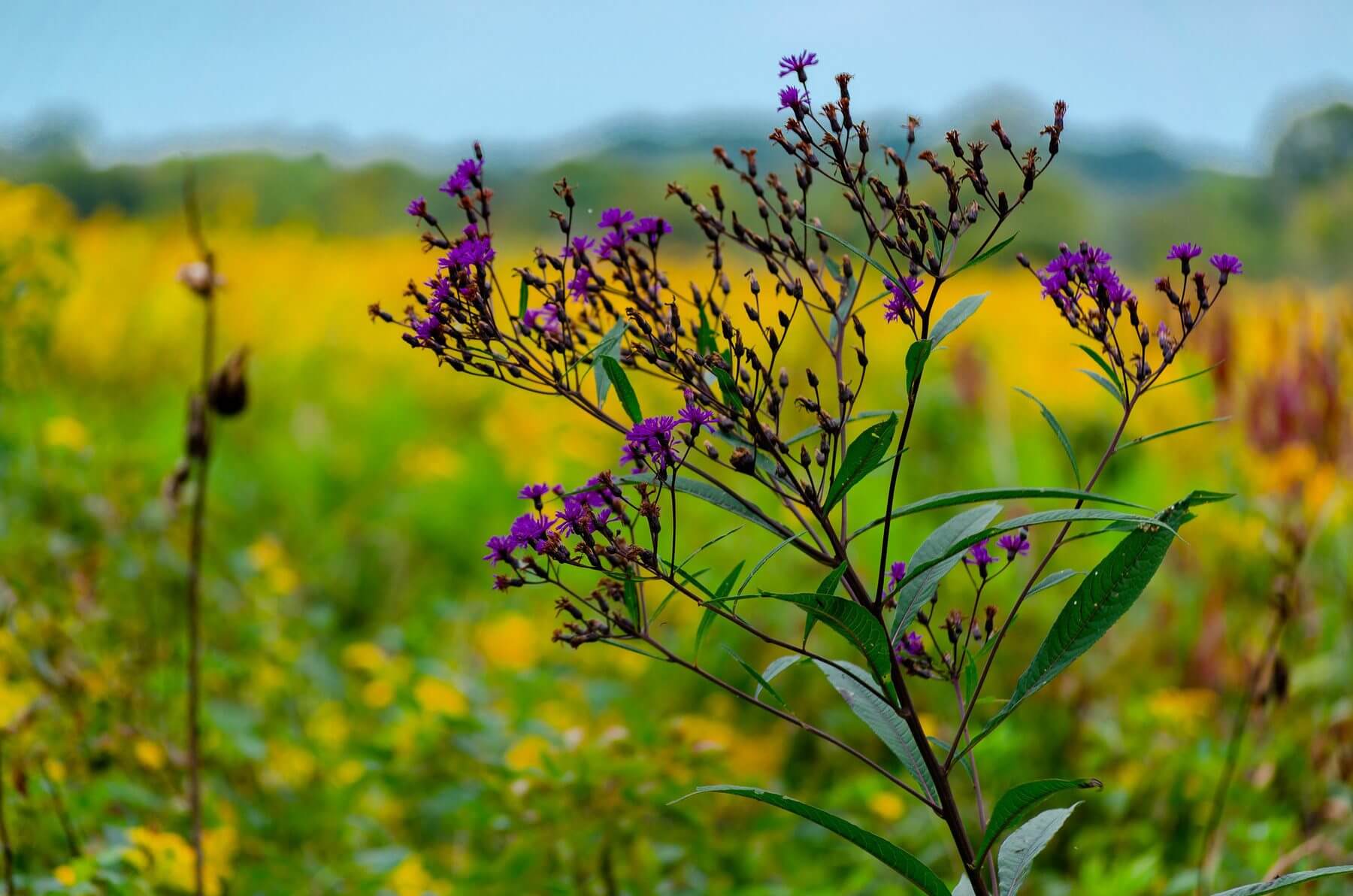
Grab your hiking boots and go enjoy these blooms! I promise you won’t regret it.
**********
Find more great Southern escapes in our Travel section. Click HERE!



















